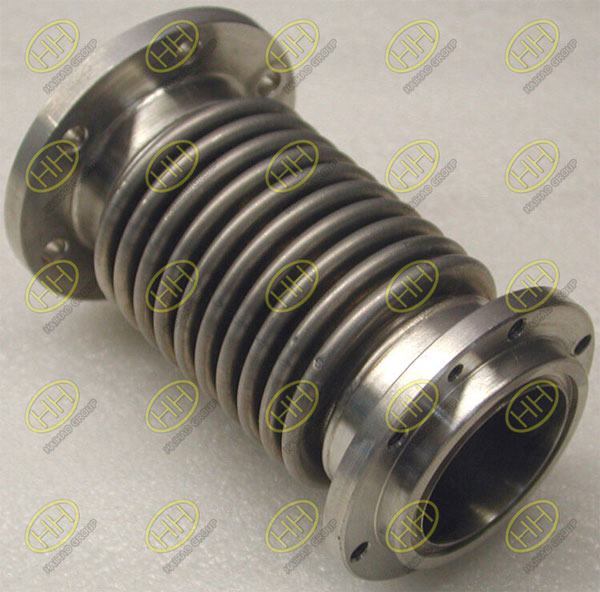Characteristics and standard of flexible flanges
Flexible flanges are mainly used in the fields of oil, chemical, pharmaceutical and other industrial businesses. With further demand of industrial production, new requirements have been put forward for flexible flanges. If you want to know the characteristics of flexible flanges, first you need to know some knowledge about the flange standard.
There are two international systems about flange standard, one is called the European flange system (represented by Germany DIN) while the other one is named the Americas flange system (represented by US ANSI). In addition, with less influence in the world, there also has Japanese JIS flange which is generally used in public works. And the following is the flange usage for different countries:
- the European flange standard (represented by Germany).
- Americas flange standard (represented by ANSI B16.5 and ANSI B 16.47)
- Britain and France flange standards, and each of the two countries have two sets of flange standard.
In summary, the internationally accepted flange standard can be summed up into two different types: a representative of Germany’s European flange system and the other is the America flange system which is represented by America.
As a good representative of flanges, flexible flanges use flanging and steel rings to get the flange and pipeline connected. In this case, flanging and steel rings are actually served as the sealing surface and keep the flanges away from the media. Because the flange can be active and they are not directly connect with pipelines, so they are called flexible flanges. Normally, flexible flanges can be divided into two parts: plate and flanging. Just make one end of the flange to connect with pipeline and cover the plate on the flanging, thus the flange can be active.
After years of development, flexible flanges can basically meet the requirements of the market demand. However, if they want to win a place in international market, continued effort is still needed. We do believe that in the support of all walks of life, flexible flanges will surely play a more important role in the development of industries.


